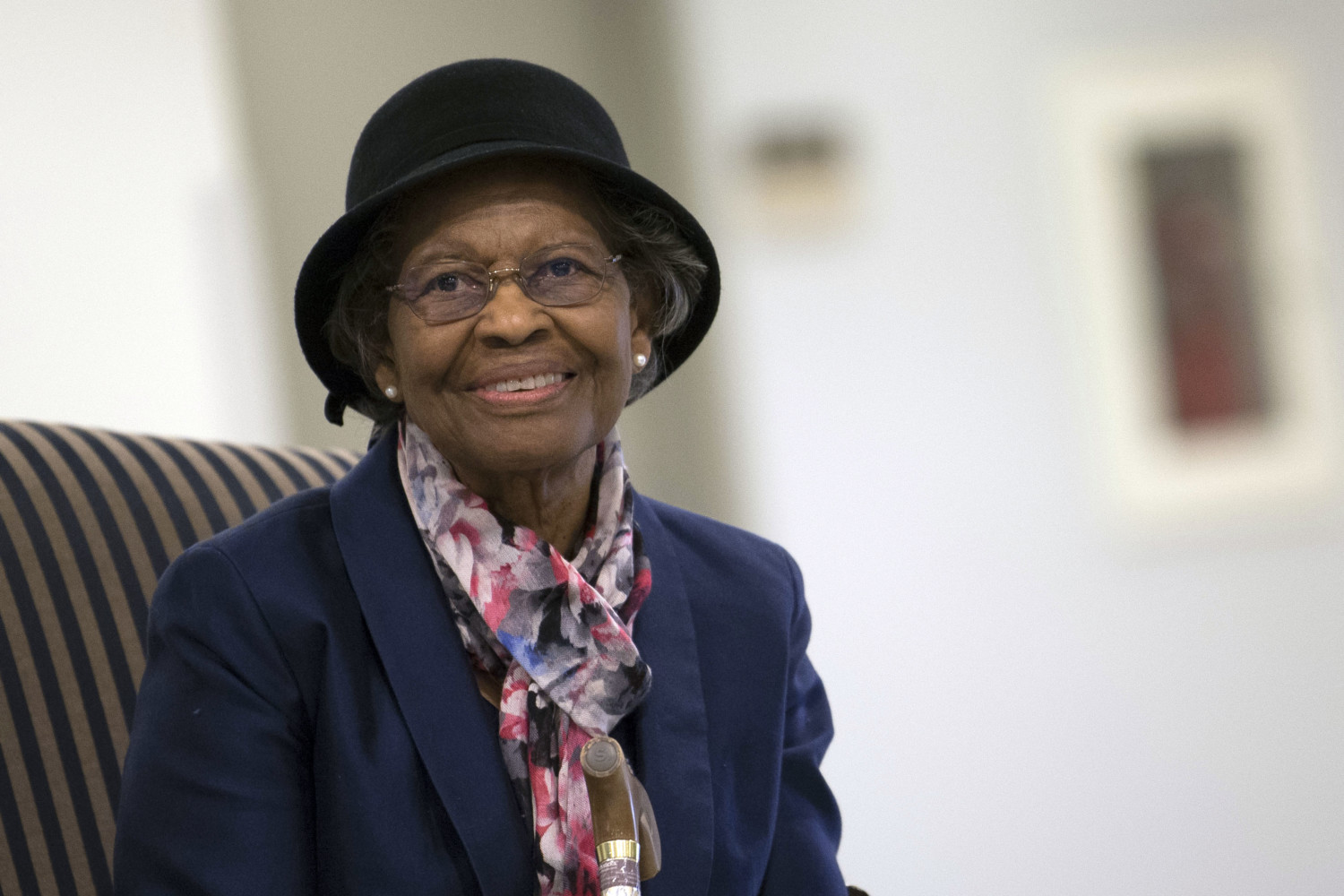Meet Gladys West, the Black woman who developed GPS technology
Most of us use global positioning system (GPS) technology in one way or another on a regular basis — to add a location to social media posts, or to ask the navigation system in our car to direct us to where we need to be. We do it without even thinking about how the technology behind GPS was developed, or by whom.
Albert Einstein is, of course, a household name, and GPS wouldn’t exist without him and his crucial theories of special and general relativity. But Gladys West is just as important — only her name isn’t familiar to most people.
West, who was born in 1930, worked as a mathematician, collecting and analyzing satellite data of the Earth’s surface, until she eventually created a detailed model and helped developed the technology that resulted in GPS, the global navigational satellite system that can accurately determine your position anywhere on Earth.
After graduating from Virginia State College, a historically Black college, with a bachelor’s and a master’s degree, West became the second Black woman ever hired — in 1956 — at the Naval Proving Ground in Virginia, where she worked as a mathematician. At the time, the Navy was bringing in computers, and West programmed the massive machines — much like Dorothy Vaughan, who was played by Octavia Spencer in the movie “Hidden Figures,” did for NASA.
In West’s work as a computer programmer, she specialized in large-scale computer systems and data-processing systems for the analysis of information obtained from satellites. She also served as the project manager for Seasat, which was the first satellite to carry out remote sensing of Earth’s oceans.
“From the mid-1970s through the 1980s, using complex algorithms to account for variations in gravitational, tidal, and other forces that distort Earth’s shape, she programmed an IBM 7030 ‘Stretch’ computer to deliver increasingly refined calculations for an extremely accurate geodetic Earth model, a geoid, optimized for what ultimately became the Global Positioning System (GPS) orbit,” according to an Air Force press release from her induction into the Space and Missiles Pioneers Hall of Fame.
You might have seen mentions of West popping up on your social media feeds recently — it’s because she’s being celebrated for her invaluable contributions during Black History Month. The Challenger Learning Center of Tallahassee shared an image of West, writing, “Today we salute Dr. Gladys West.”
February is Black History Month & to celebrate we'll be sharing the Black History Makers in STEM! Today we salute Dr. Gladys West a mathematician who helped model the shape of the Earth, & developed the technology that brought us GPS! Learn more about her https://t.co/8WtRxn89rg pic.twitter.com/ML4Ete0XxO
— Challenger Learning Center of Tallahassee (@challengertlh) February 17, 2021
After retiring from the Naval Surface Warfare Center (formerly the Naval Proving Ground) in 1998, West went back to school and, though she was delayed by a stroke, completed her Ph.D. at age 70.
When she was inducted into the Air Force Space and Missile Pioneers Hall of Fame in 2018, commanding officer Captain Godfrey Weekes paid tribute to her, saying, “She rose through the ranks, worked on the satellite geodesy, and contributed to the accuracy of GPS and the measurement of satellite data. As Gladys West started her career as a mathematician at Dahlgren in 1956, she likely had no idea that her work would impact the world for decades to come.”
What an inspiration!







